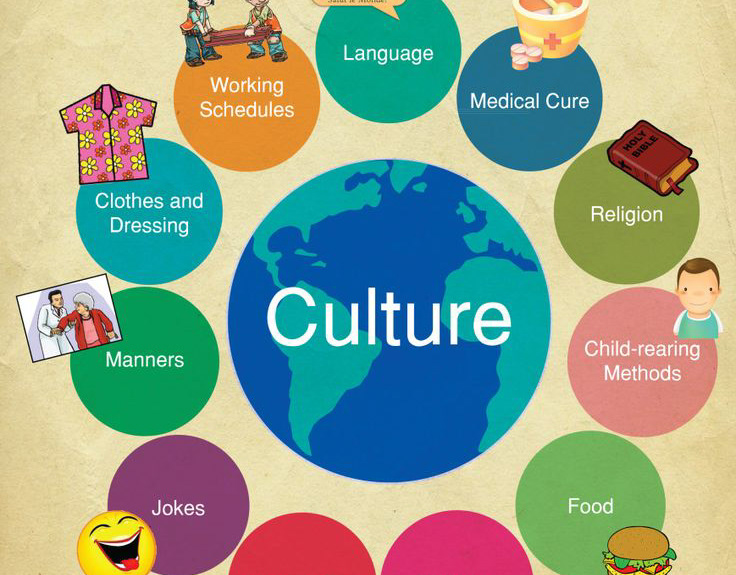Nine 35mm film frames from Stan Brakhage’s Existence is Song, 1987.
The phrase “defense of the poor image” relates to Hito Steyerl’s concept discussed in her essay “In Defense of the Poor Image.” Steyerl describes the “poor image” as a low-resolution, highly circulated, often pirated version of a film or digital artwork. It contrasts with the high-resolution, pristine images valued in traditional media and art markets. The poor image is seen as a democratic and resilient form that challenges established hierarchies and the commodification of visual culture.
Here is an outline of the main ideas related to the defense of the poor image:
1. Definition and Characteristics:
• Poor Image: Low-resolution, degraded, copied, and shared versions of images or videos.
• Circulation: Poor images often circulate widely online, bypassing traditional distribution channels.
2. Cultural and Political Significance:
• Democratization: The poor image allows for broader access to visual culture, challenging the exclusivity of high-quality media.
• Resistance: It can act as a form of resistance against the commercial art world and corporate media, which prioritize high-resolution and exclusive content.
• History and Memory: Poor images often preserve and disseminate cultural and political histories that might otherwise be forgotten or suppressed.
3. Economic Implications:
• Value and Exchange: Poor images undermine traditional notions of value tied to high-resolution and exclusive content, promoting a different economy based on sharing and access.
• Commodification: By circulating outside traditional markets, poor images resist commodification and the monetization strategies of major media corporations.
4. Aesthetic and Technological Aspects:
• Aesthetic Value: Despite their low quality, poor images can possess significant aesthetic and emotional value, reflecting the realities of digital culture.
• Technological Shift: The proliferation of poor images is linked to the rise of digital technology and the internet, which facilitate easy copying and sharing.
5. Examples and Contexts:
• Pirated Films and Videos: Widely shared, low-quality copies of films or TV shows.
• Activist Media: Low-resolution videos documenting protests or social movements, spreading rapidly to raise awareness.
In summary, Steyerl’s defense of the poor image highlights its role in democratizing access to visual culture, resisting commercial exploitation, and preserving alternative histories. If you need more specific details or connections to urban production and for-profit information, please let me know!
Shoveling pirated DVDs in Taiyuan, Shanxi province, China, April 20, 2008


